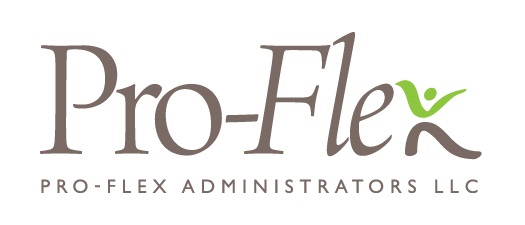On Monday, Governor Cuomo signed the New York State budget, which includes an incremental increase of the statewide minimum wage to $15 per hour and 12-weeks of protected paid family leave for workers.
Minimum Wage Increase
The minimum wage will increase at different rates depending on an employer’s size and their location in the state:
Employers in New York City with 11 or More Employees
- $11.00 on December 31, 2016
- $13.00 on December 31, 2017
- $15.00 on December 31, 2018
Employers in New York City with 10 or Fewer Employees
- $10.50 on December 31, 2016
- $12.00 on December 31, 2017
- $13.50 on December 31, 2018
- $15.00 on December 31, 2019
Employers in Nassau, Suffolk, and Westchester Counties
- $10.00 on December 31, 2016
- $11.00 on December 31, 2017
- $12.00 on December 31, 2018
- $13.00 on December 31, 2019
- $14.00 on December 31, 2020
- $15.00 on December 31, 2021
All Other Employers
- $9.70 on December 31, 2016
- $10.40 on December 31, 2017
- $11.10 on December 31, 2018
- $11.80 on December 31, 2019
- $12.50 on December 31, 2020
- Additional increases on a schedule to be determined
Higher minimum wages for fast food workers, when and where applicable, will remain in effect. Each year beginning in 2019, the DOB Director will conduct a regional analysis of the economy and the effects of the minimum wage increases. If necessary, the state can temporarily suspend the scheduled increases.
Paid Family Leave
The Paid Family Leave program will be funded by a payroll deduction of between 45₵ and $1 per week from each employee’s paycheck. It will become part of the deduction for New York State’s Temporary Disability Insurance, and it will not require a contribution from employers.
Like the minimum wage increase, paid family leave will be phased-in over a number of years. Beginning in 2018, paid leave benefits will be set at 50 percent of an employee’s average weekly wage and capped at 50 percent of the statewide average weekly wage. When fully implemented in 2021, the benefits will be set at 67 percent of an employee’s average weekly wage and capped at 67 percent of the statewide average weekly wage.
When the plan is fully phased-in, employees who have worked for an employer for six months will be eligible for up to 12 weeks of paid family leave. Leading up to the full phase-in, employees will be eligible for 8 weeks in 2018, 10 weeks in 2019 and 2020, and 12 weeks starting in 2021. The leave is protected, meaning employees must be returned to their same job or a comparable position, with the same benefits, pay, and other terms and conditions of employment. Employees may use this time to care for and bond with newborns or newly adopted children or foster children, to take care of themselves or a family member with a serious health condition, or to address certain legal, financial, and childcare issues that arise when a spouse is called to active military service.



